What is the simplest solution to convert digital audio to analog RCA on my latest TV?

Having problems using your older sound system models with newer streaming devices or TVs? A digital to analog converter is just the tool you need! We understand how hard it is to let go of some older sound systems, especially if the modern versions just can’t seem to make the cut. Or maybe you have an older house or office with built-in speakers and it’s too much of a hassle to replace the well-hidden speakers when they are working perfectly fine and are still sounding crisp and clear.
For better understanding, let’s paint a picture. Say you’ve got a brand new 8K TV, or a new nifty digital device, and you’re all ready to have a great afternoon–you’ve even prepared some movie titles for a tele-marathon or some song albums from your favorite musicians! However, your beloved classic speakers or vintage audio setup can’t seem to connect with your TV. Why, you might ask. That’s because modern digital devices use a different type of audio. Modern digital devices use digital signals while older sound systems use analog signals.
That’s where a Digital to Analog Converter, also known as DAC, comes in. Audio digital analog converters are a hand-sized tool you can use, or even keep in your pocket or bag, whenever you need to connect your digital devices to analog speakers. It’s certainly a must-have device for audiophiles, sound engineers, music lovers, and home theater enthusiasts.
Let’s dive a bit deeper into what a DAC is and why you might need it.
Think of digital and analog signals as people who speak different languages. Digital signals like to speak in numbers and talk in a bunch of ones and zeros, but analog signals talk in smooth, continuous waveforms. If you let these two interact on their own, they definitely won’t understand each other. That’s where a translator enters–the digital to analog converter.
A digital audio converter allows you to connect your older sound systems to modern appliances such as your TV, DVD Players, Streaming devices, and more. It translates the digital signals that your media content plays so your analog speakers can play it for you.
Here are some reasons why you need DACs.
- Helps you continue using your older sound systems: Remember those classic vinyl records or that treasured mixtape from back in the day? Your digital to analog converter lets you relive those nostalgic moments by connecting your modern devices to your vintage audio gems.
- Preserves audio quality: If you're an audio purist or an audiophile, you'll love the DAC's commitment to preserving audio quality. It ensures that the magic of your favorite tunes or epic movie soundtracks isn't lost in translation, delivering crystal-clear sound and all those crisp sounds you crave.
- Allows you to connect a variety of devices: With a DAC on your side, you can mix and match your audio gear like a pro DJ. Whether it's pairing your high-end headphones with a gaming console or connecting your vintage speakers to your smart TV, the DAC gives you the freedom to create your dream audio setup.
- It boasts a low audio latency: If you're into gaming, you know that split-second decisions can make the difference between victory and defeat. The DAC swoops in to eliminate audio lag, ensuring you hear every virtual footstep and epic explosion in real-time.
Are you convinced yet? If not, it’s time to officially introduce you to the world of digital audio converters! Let’s talk about the OREI DA21, a DAC or an audio optical to analog converter.
The Orei DA21 is a digital to analog audio converter for TVs and other appliances. This device makes it very simple for you to convert digital audio to analog formats so you’re free to use any type of sound system or home theater equipment you have.
The DA21 supports virtually all types of media devices that have a Coaxial or Optical output. This includes:
- DVD players
- Cable boxes
- Gaming systems (Playstation, Xbox, Nintendo Switch, etc.)
- Laptops
- Computers
- Media streamers (Roku, Apple TV, etc.)
The DA21 can be used to convert coaxial or TOSLINK digital audio signals to analog L/R or 3.5mm Aux audio. It also supports SPDIF optical audio, as well as coaxial digital pcm audio. It is capable of playing a wide variety of audio sampling rates that range from 32kHz to 96kHz and bit depths of up to 24-bit. Lastly, the OREI DA21 has an auto-sensing audio input feature that allows for an easier and more seamless selection of your audio inputs.
For starters, all these numbers and figures simply mean that you can be sure that your digital audio will always be converted to analog audio with the highest possible quality.
Here’s how easy it is to use this for any of your devices.
- Connect your device to the DA21’s respective input port using an SPDIF/Coaxial cable.
- Connect your home theater system to the device’s output port/s using an RCA cable or a 3.5mm cable.
- Turn the device on by connecting it to a power supply.
- Power up all the devices and enjoy!
With regards to the device’s power supply, OREI made sure it’s easy for you to power it up. You have the freedom to choose from 2 options as to how you can connect the DA21 to a power supply. Your first option is through a standard power adapter with a barrel connector. Your second option is through a USB cable. You can connect the DA21 to your TV or other home equipment using a micro USB to USB A cable. Both of these power supply options are included when you purchase the OREI DA21.
In case your product doesn’t work seamlessly, consider looking over the product manual for some basic troubleshooting tips. You may also check the following:
- Check your TV or sound system’s volume.
- Check your device’s audio settings.
- Check the cables to look for damages, or if they aren’t plugged in properly.
- If your device isn’t turning on, consider using a different power outlet or USB cable.
| Product | S/PDIF Digital to Analog | ARC/eARC HDMI to Analog | ARC HDMI to Analog w/ Dolby Decoder | S/PDIF Digital to Analog w/ Dolby Decoder | ARC/eARC HDMI to S/PDIF Digital | HDMI + eARC, Optical, Analog Audio Decoder |
|---|---|---|---|---|---|---|
| Image | 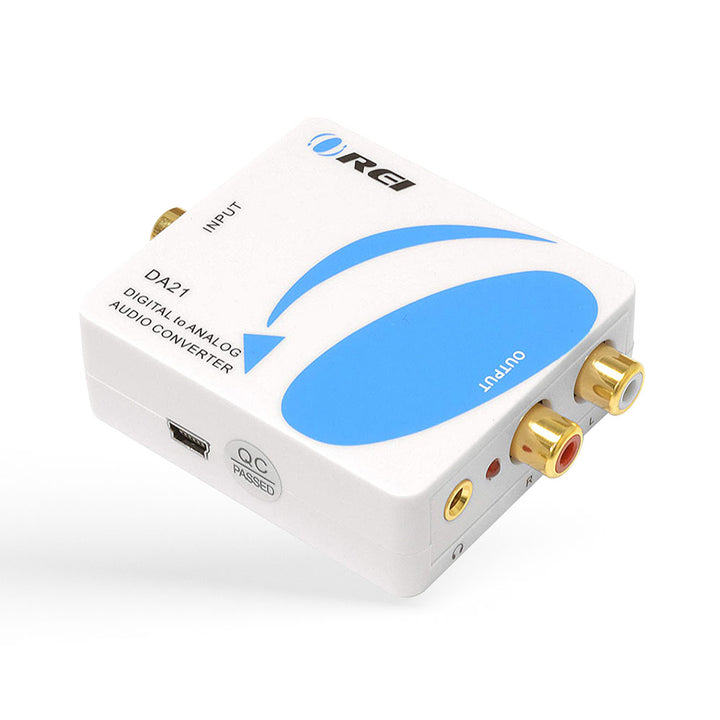 |
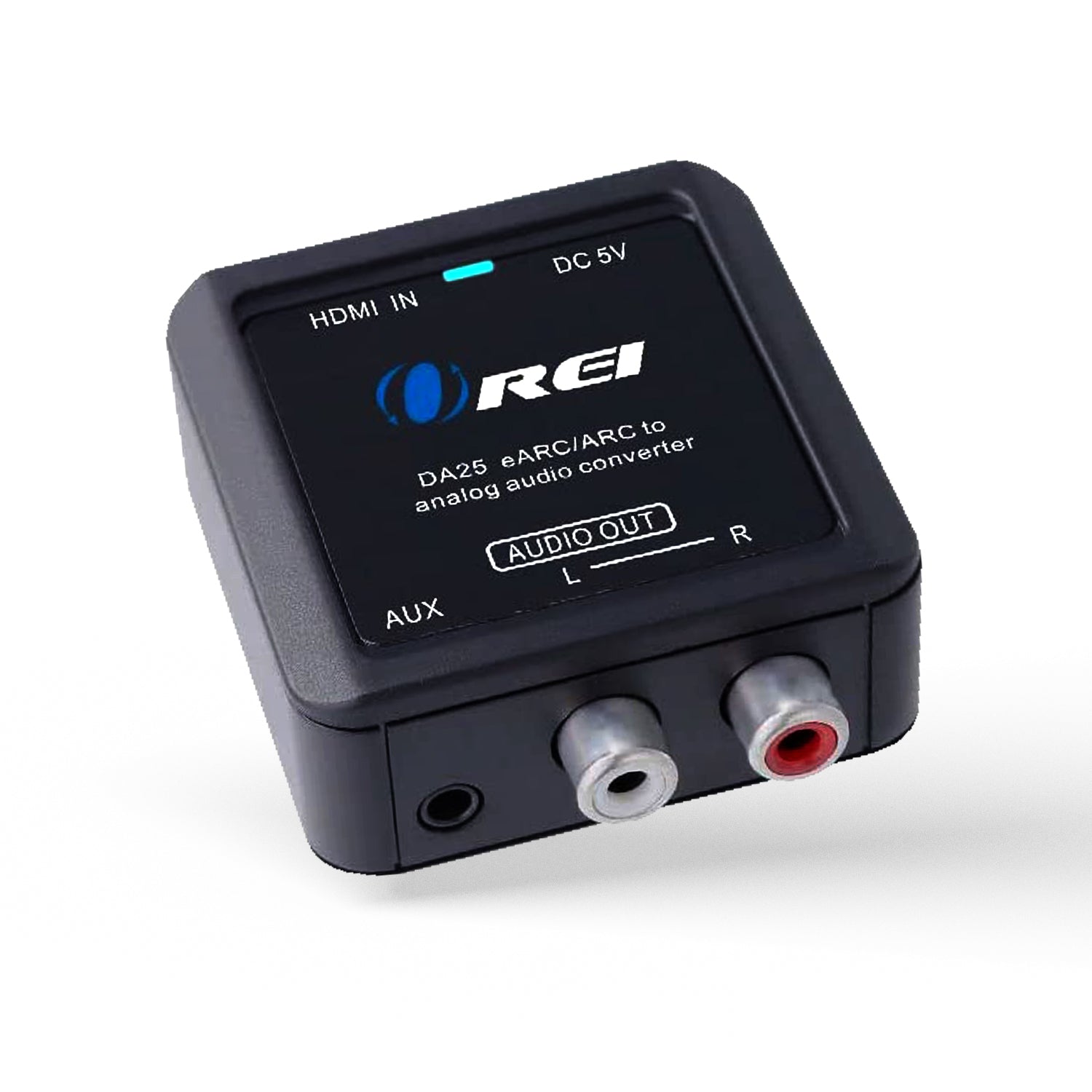 |
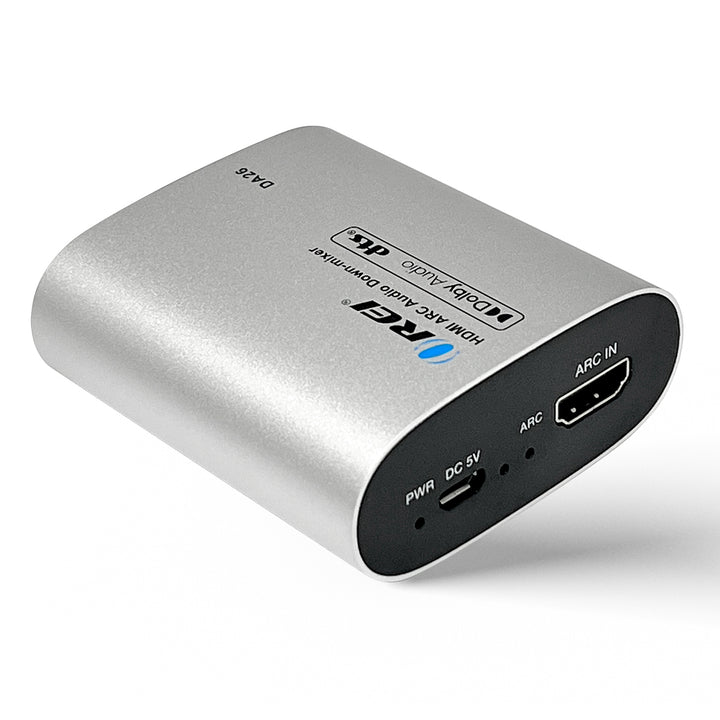 |
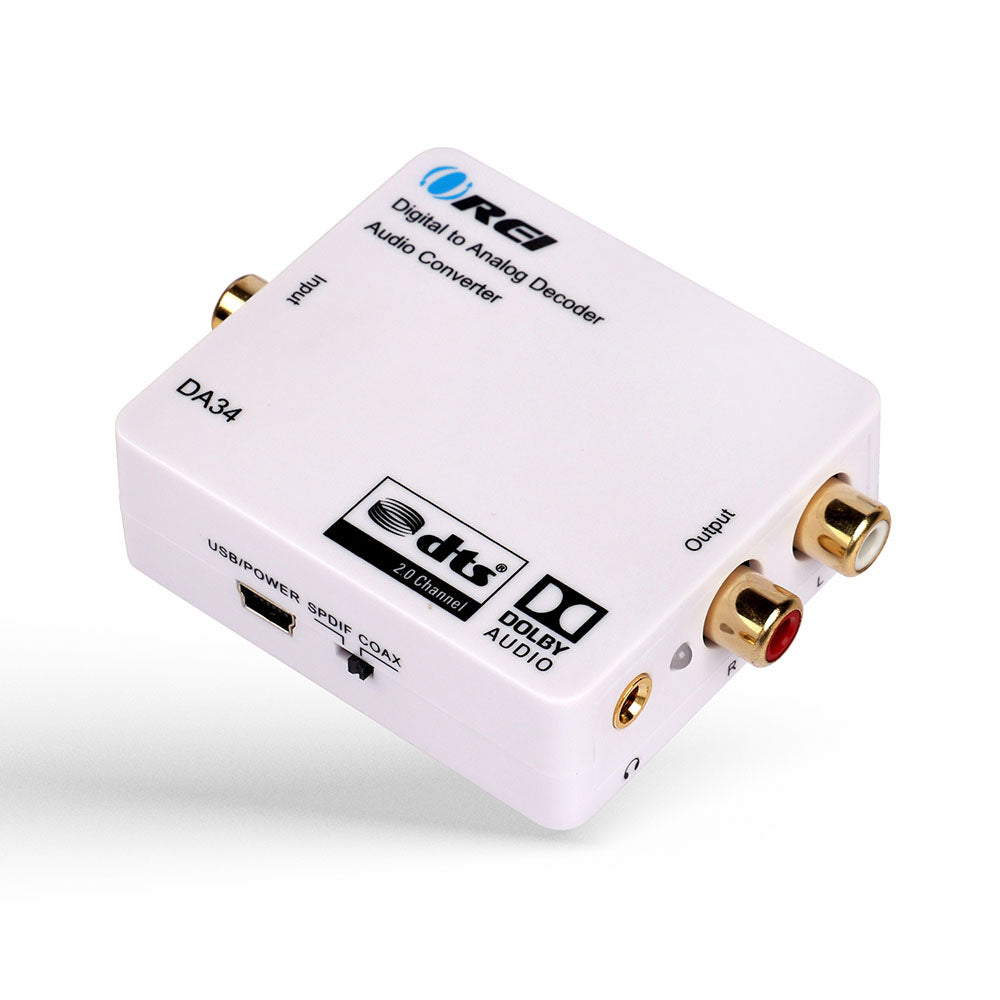 |
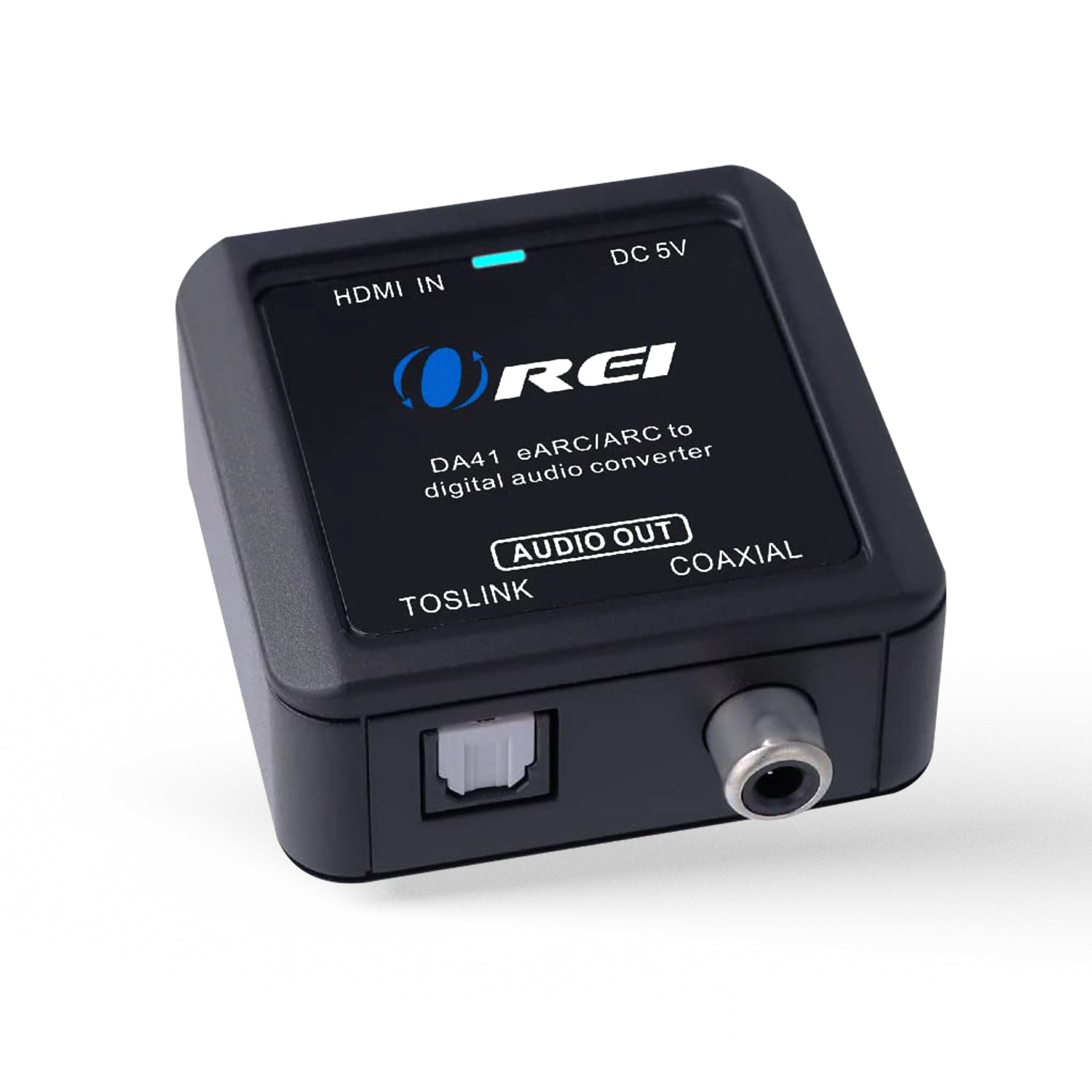 |
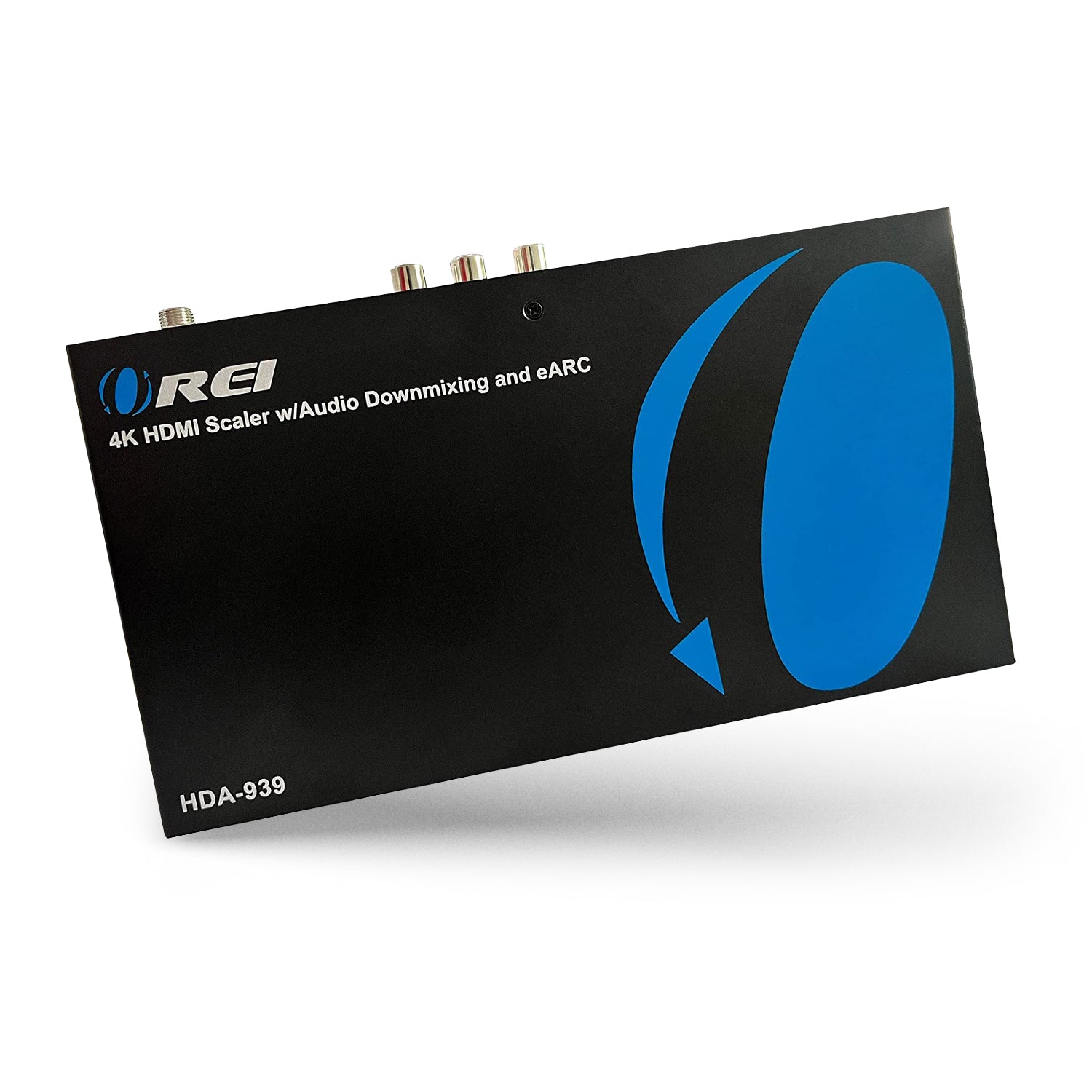 |
| Model | DA21 | DA25 | DA26 | DA34 | DA41 | HDA-939 |
| Audio formats supported | Stereo PCM 2ch, LPCM2.0 | Stereo PCM 2ch, LPCM2.0 | PCM 2.0, Dolby 5.1, DTS 5.1 | PCM 2.0, Dolby 5.1, DTS 5.1 | PCM 2.0, Dolby 5.1, DTS 5.1 | LPCM, Dolby Digital, Dolby Digital Plus, Dolby TrueHD, DTS, DTS-HD Master |
| Input | Optical/Coaxial | HDMI (ARC/eARC) | HDMI ARC | SPDIF & Coaxial | HDMI(ARC/eARC) | HDMI & HDMI (ARC/eARC) |
| Output | Analog (3.5mm & RCA) | Analog (3.5mm & RCA) | Analog (3.5mm & RCA) | Analog (3.5mm & RCA) | S/PDIF & Coaxial | HDMI, Coaxial, S/PDIF, Analog (L/R) |
| Additional Features | N/A | N/A | CEC & Downmix (5.1 to Analog) | Downmix (5.1 to Analog) | N/A | EDID, RS-232, CEC, Audio Extractor |
| Buy Now | DA21 | DA25 | DA26 | DA34 | DA41 | HDA-939 |
Check out OREI's range of audio converters
Do you want to learn more about HDMI devices? Check out our blog for more quick and easy reads.


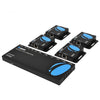


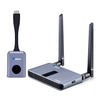

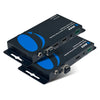
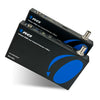



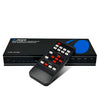

















Comments
William Grycon said:
I purchased a DA25 for my new Philips/ROKU TV. I could not get it to covert the digital signal via the HDMI to analog.
Which DAC model to you recommend?